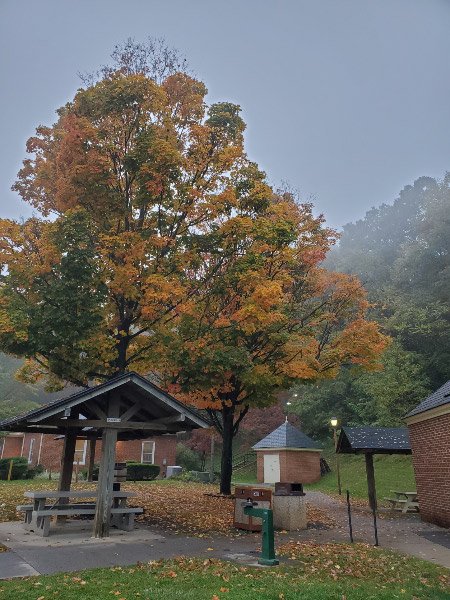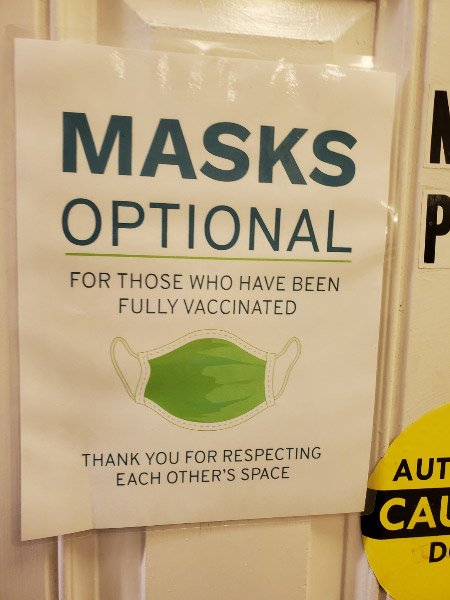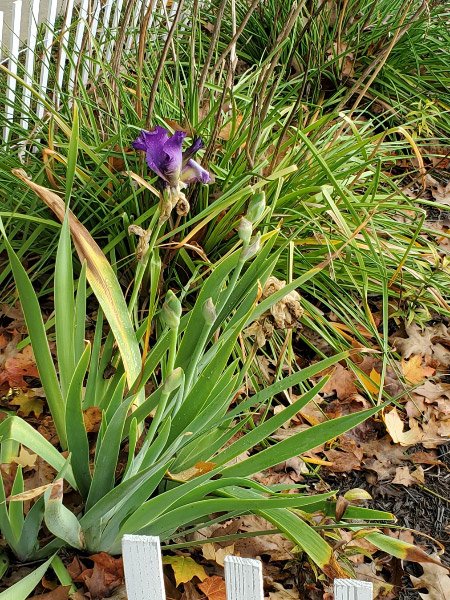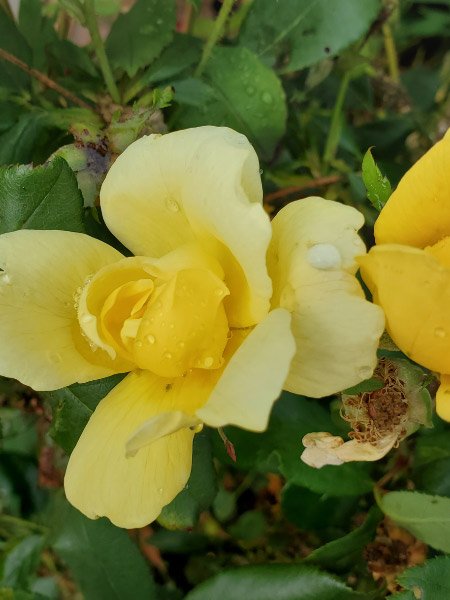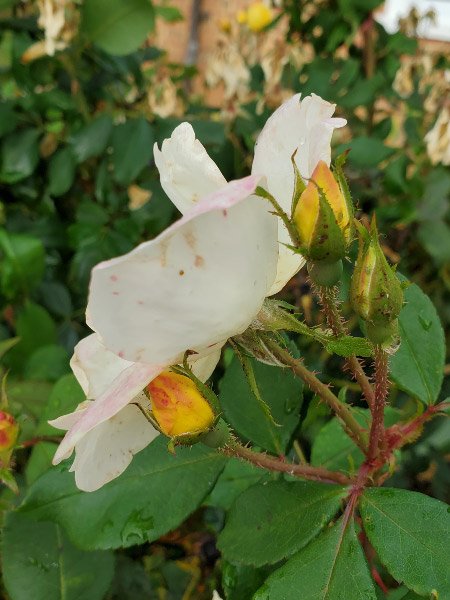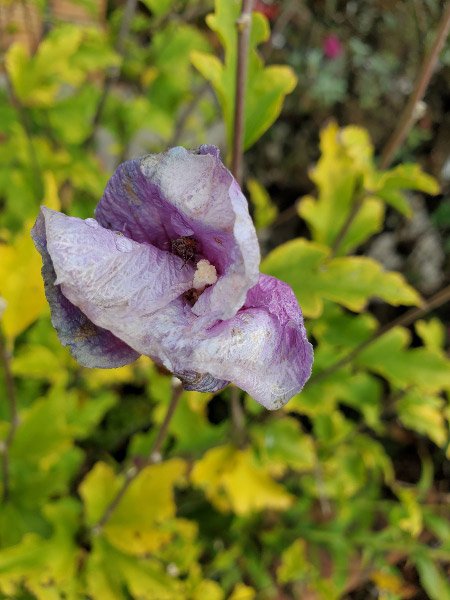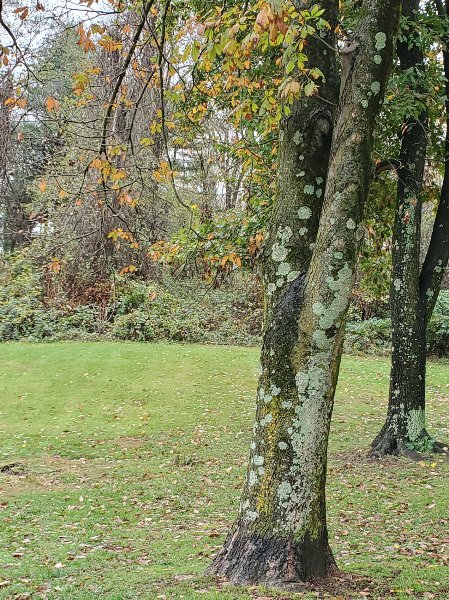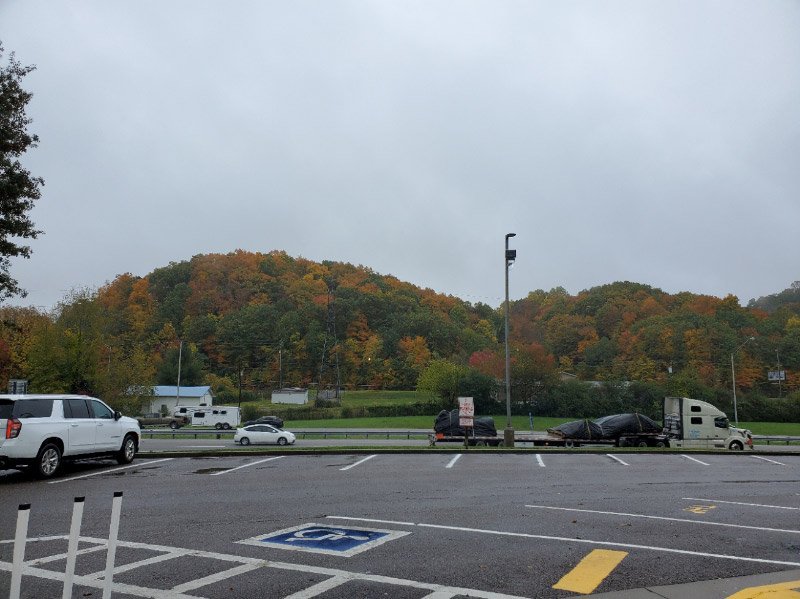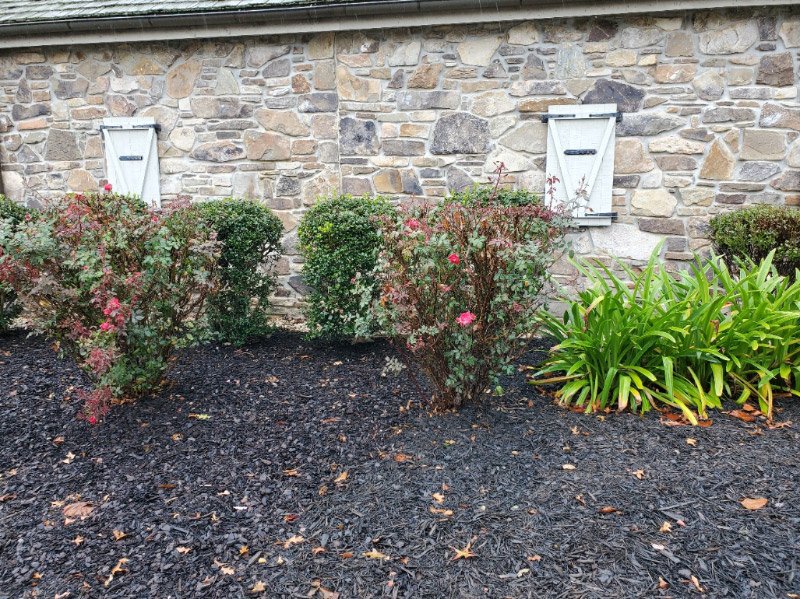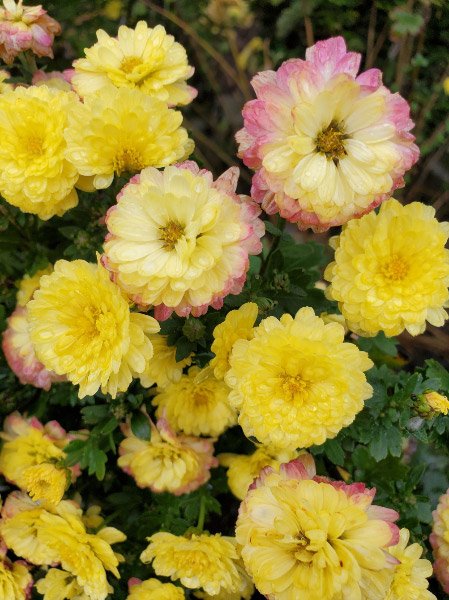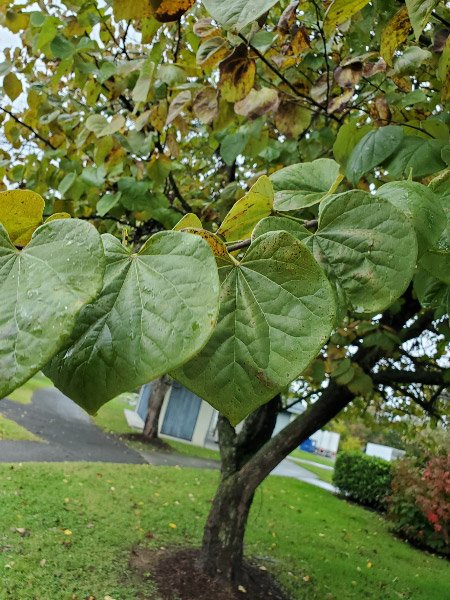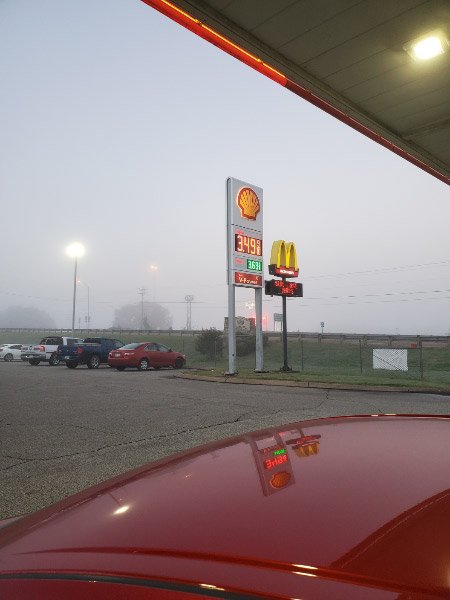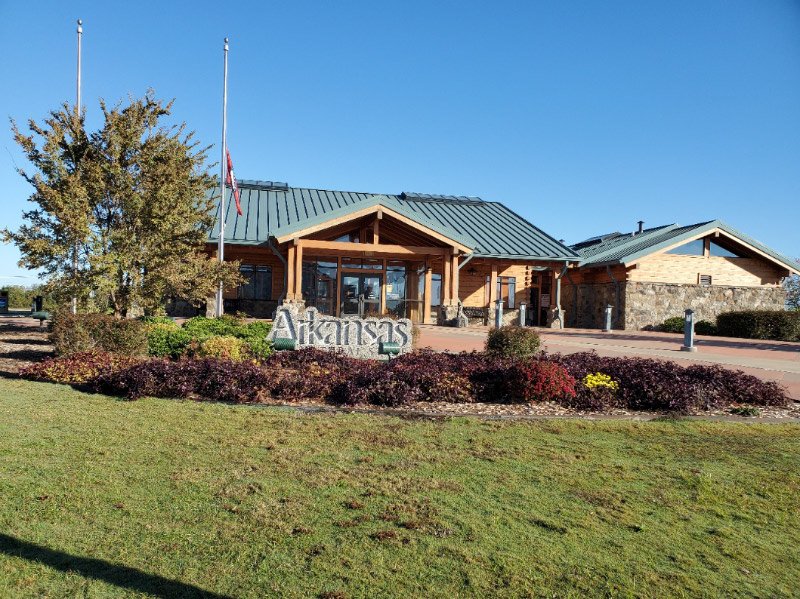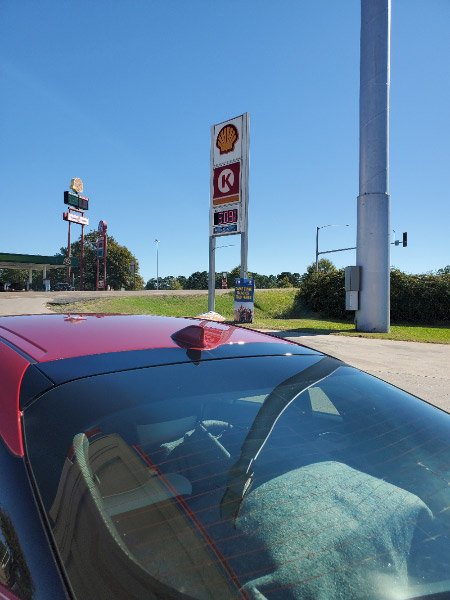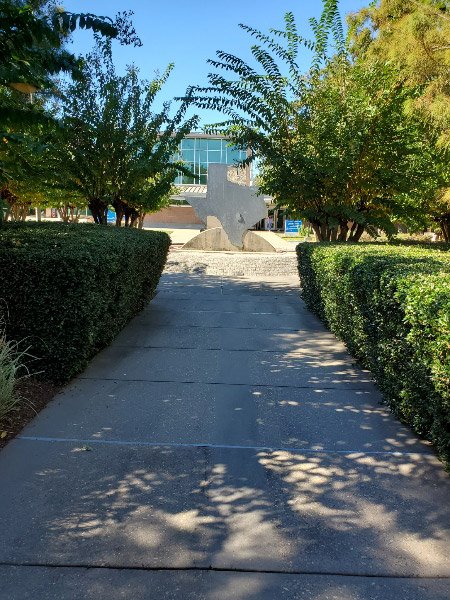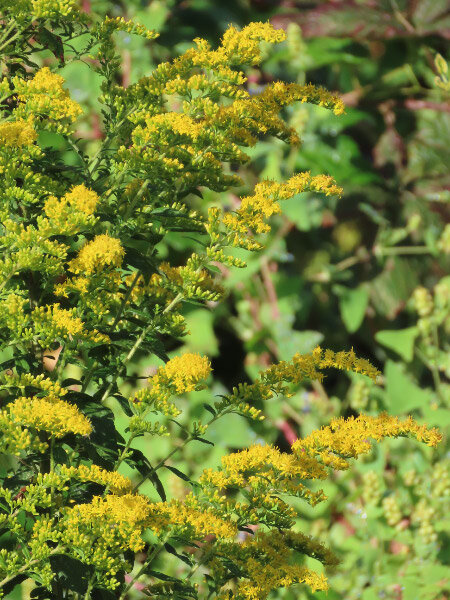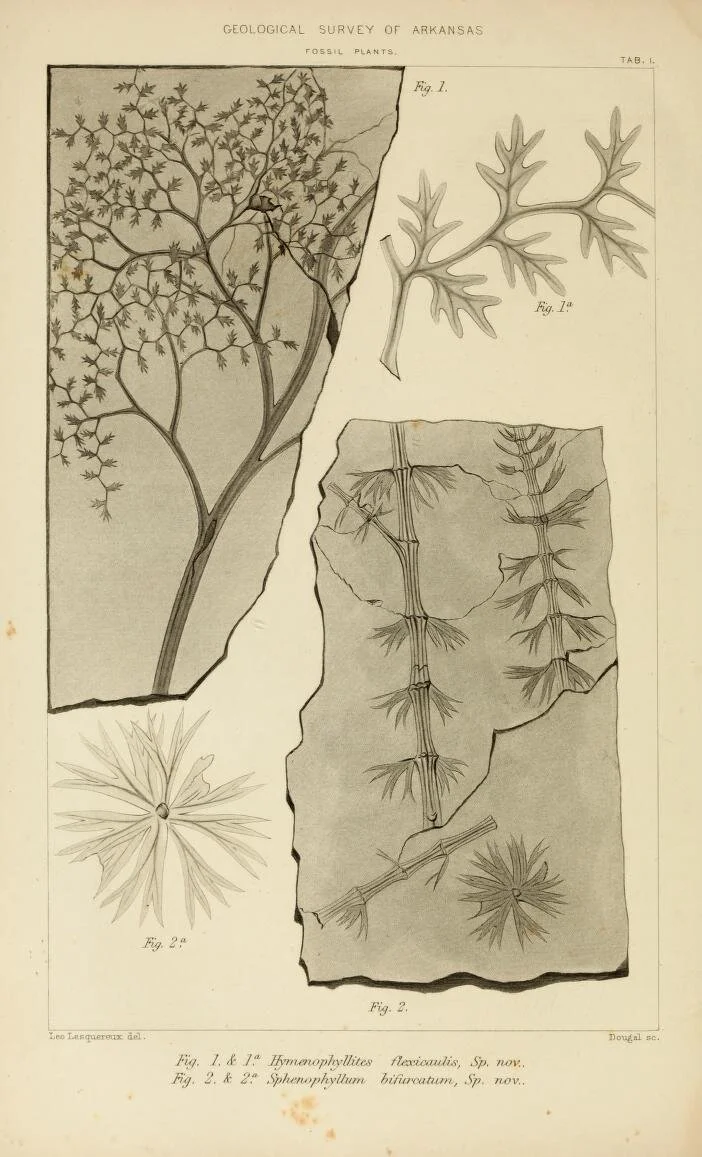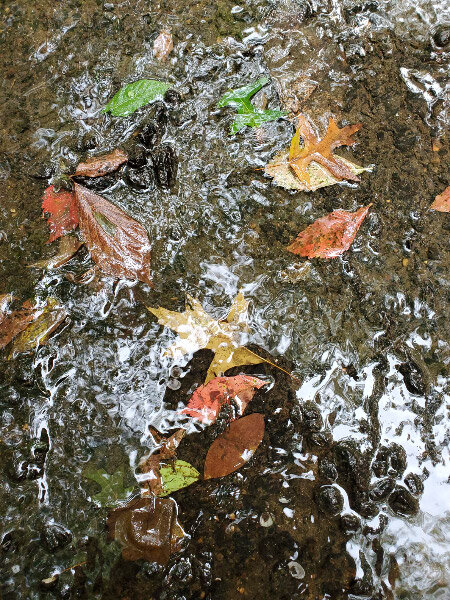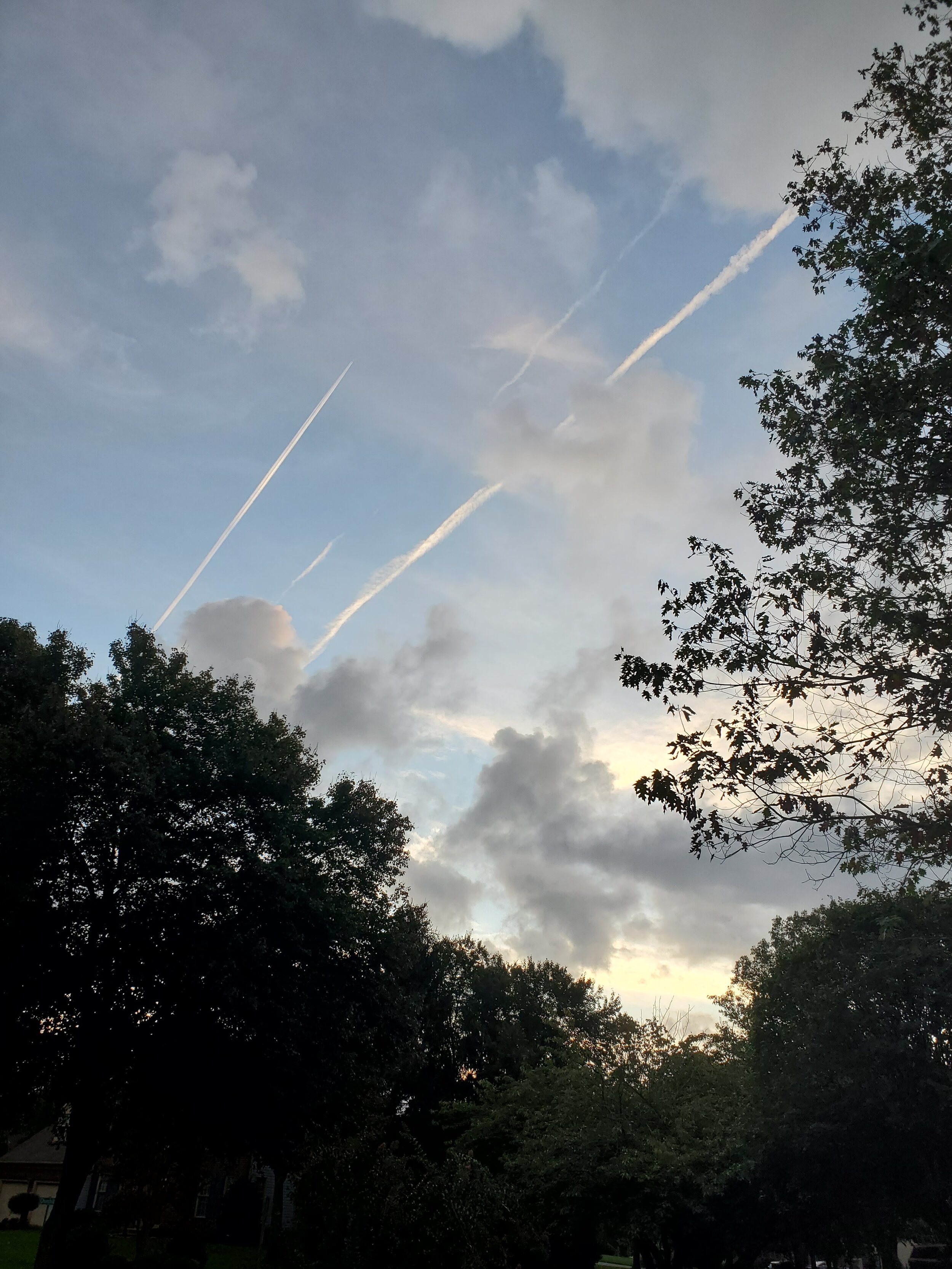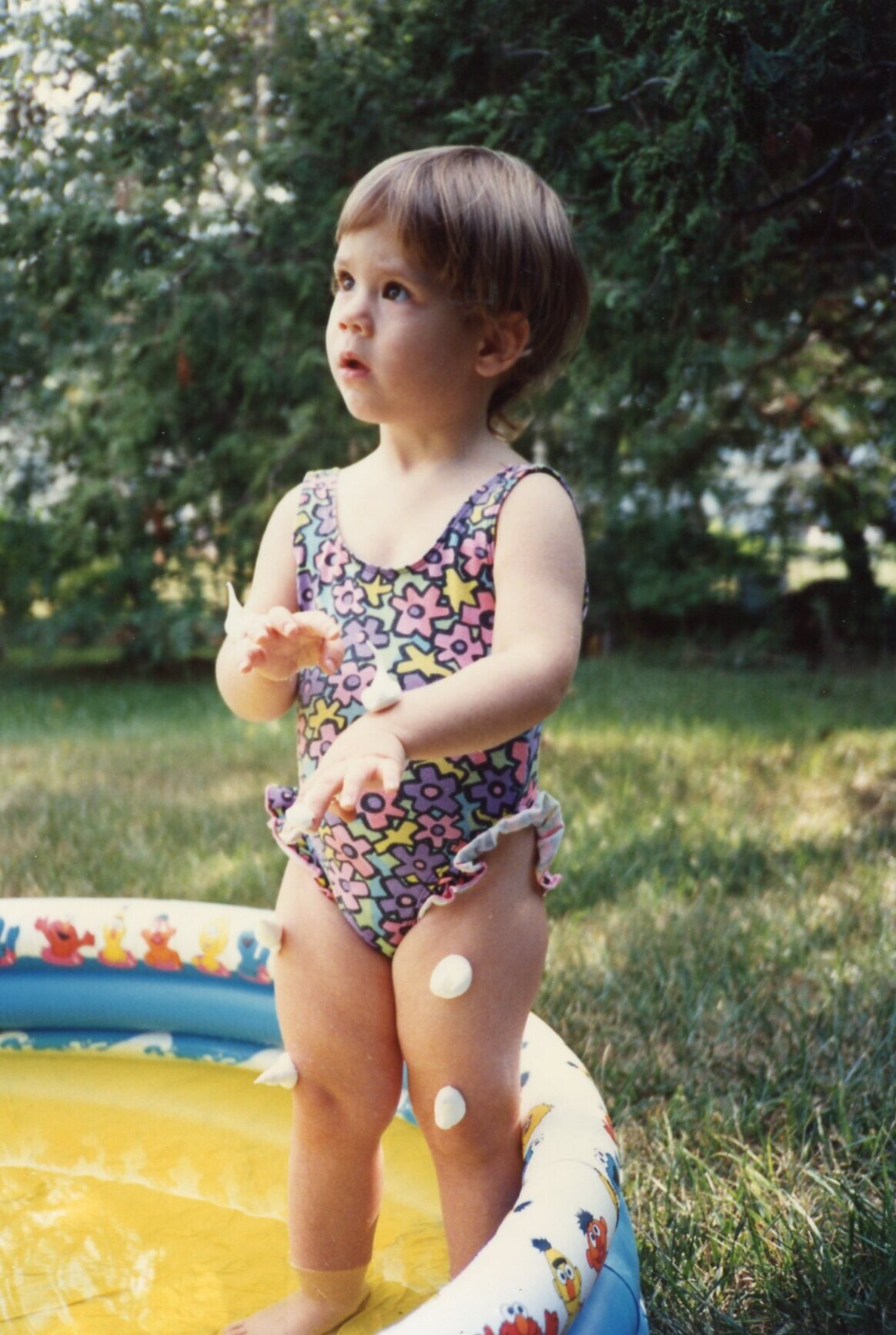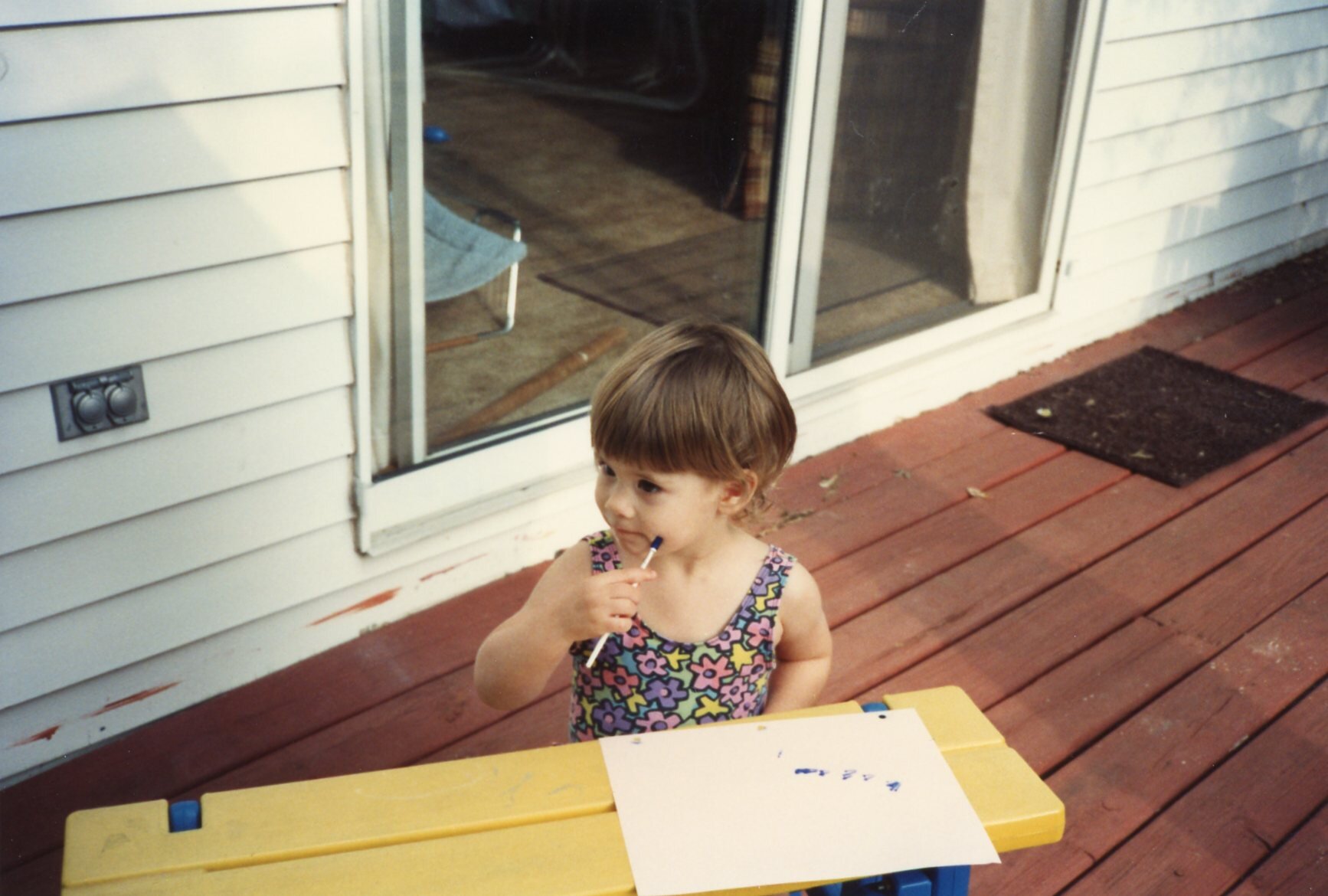Gleanings of the Week Ending November 13, 2021
/The items below were ‘the cream’ of the articles and websites I found this past week. Click on the light green text to look at the article.
The great experiment to put a price on nature – Whether it’s toting up ecosystem services or simply realizing that Mother Earth is our one and only…we should all realize that we need to start taking care of ‘nature’ a lot better than we have in the past.
Microplastics May Be Impacting the Climate, Study Finds – A starting point for combining climate science and microplastic science into a model….still a lot if refinement/additions. We already know that the microplastics in our atmosphere are increasing so whatever impact they have it will likely be increasing during the time the model is being refined.
Ancient Stone Ram Heads Unearthed on Egypt’s ‘Avenue of the Sphinxes’ – New finds…and part of an advertisement for some restored places reopening in early November. Are tourists ready to travel again to places like Egypt?
Spending time in nature promotes early childhood development – A study from metro Vancouver of 27,372 children from birth to age 5… that pushes us to get serious about making sure spaces for children include a lot green space…that includes day care and preschools and K within the age range for this study. And while we are doing that – let’s think about how important green space is to everyone else too.
Meet the muskrat: push-up champion of cattail marshes – This article made me wonder if muskrats eat phragmites – and a plant that is taking over marshes. I found an article that says they do…at least in some situations.
Changing ocean currents are driving extreme winter weather – Looking at the impact of the slowing Atlantic Meridional Overturning Circulation (AMOC) and extreme cold weather (like in Texas last February) using a high-resolution global climate model. They’ve only done the simplest model (turning off the AMOC) so far…but plan to refine it to address the more complex reality.
Finding Fall Colors At Bandelier National Monument – I hope everyone found someplace to enjoy fall colors these past few weeks. My main opportunities were in my own backyard and as I was driving down the highway between Maryland and Texas!
Cheers! Wine’s red grape pulp offers nutritional bounty – Not compost or fodder...getting more than wine from vineyards!
Hit the sleep ‘sweet spot’ to keep brain sharp – Evidently 5.5-7.5 hours of self-reported sleep is about right.
2021 EPSON International Pano Awards Celebrate the Creativity of Panoramic Photography – Enjoy some eye candy as the last of this week’s gleanings!


